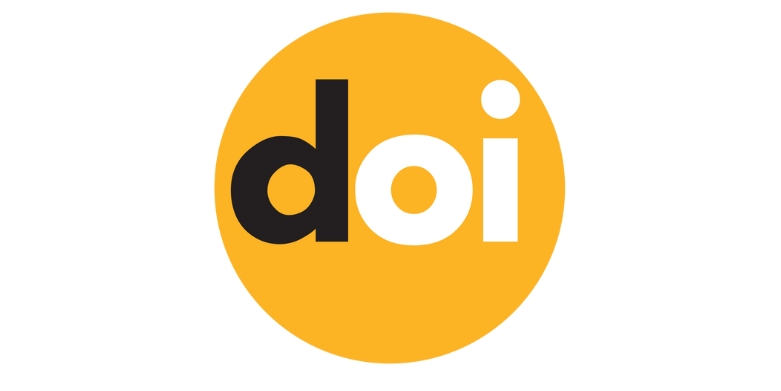Price Correction and Its Justification in Behavioral Finance with The Jabalameli Chartical Method and Its Adaptation to The Omnipotence Defense Mechanism
DOI:
https://doi.org/10.63053/ijhes.13Keywords:
Price Correction, Behavioural Finance, Jabalameli ChartAbstract
All human beings, from the moment of birth to the moment of death, without any exception, will face all kinds of bitter and sweet events, which are sometimes chosen and sometimes out of the individual's will, but either by choice or imposed, These events will have an effect on the nervous system. Because after a person enters this world from the safe environment of his mother's womb, until the moment of death, he must know his complex world and always make conscious and unconscious efforts to survive. Being according to the customs of the society or in other words becoming the same colour as the congregation is one of the most common methods of a person in order to maintain his position in society in order to ensure his survival. One of the methods of observing this behavioural phenomenon in humans is the behaviour and trading decisions of a person in the face of the price movement trend in the financial markets based on financial-behavioural. The present study is a review of the concept of price correction and its justification in behavioural finance using the Jabal Ameli chartical method, which is descriptive-analytical, and the information data required for it is collected by library and document research methods. The obtained results indicate that entering the price movement process at any point of the financial market without taking into account sufficient skill in managing it is one of the most fundamental reasons for the formation of correction and such transactions and correction can be achieved. He considered it a kind of defence mechanism to relieve the stress of the nervous system.
References
Barasoud, Mehdi, Zamardian, Gholamreza, Investigating the behaviour of investors in the selection of stock portfolios (classical financial approach or behavioural financial approach), Scientific Research Quarterly of Investment Knowledge, Year 8, Number 29, Spring 2022
Panahi, Belal, Fathi, Mohammadreza, Najafabadi, Mahdieh, Mohib Seraj, Ali, Razi, Somayeh, investigated the correlation pattern between past behaviours and financial literacy with the intention to invest in the stock market with the mediating role of individual variables, 2022, Development and Capital, (2) 7, 173-190.
Jabalameli, Ahmad Reza, Jabalameli Chartical Trading Journal, 2022, transparent publication
The relationship between defence mechanisms and identity styles with resilience in adolescents, Ali Poladi Rishahri 1, Seyed Moussi Golestane, the quarterly scientific journal of social cognition, 10th year, number 2 (consecutive 20), autumn and winter 2020, 199-222
ABDELRAHEEM, A. A. E., & HUSSIEN, A. M. (2022). The Effect of Application of Non-Financial Dimensions of Balanced Scorecard on Performance Evaluation: An Empirical Study from Saudi Arabia. The Journal of Asian Finance, Economics and Business, 9(4), 63-72. https://www.koreascience.or.kr/article/JAKO2022 08951438717.page
Akhtar, F., & Das, N. (2020). Investor personality and investment performance: From the perspective of psychological traits. Qualitative Research in Financial Markets, 12(3), 333-352. DOI: https://doi.org/10.1108/QRFM-11-2018-0116
Downloads
Published
How to Cite
Issue
Section
License
Copyright (c) 2023 Authors

This work is licensed under a Creative Commons Attribution 4.0 International License.
The journal is licensed under a Attribution 4.0 International (CC BY 4.0).
You are free to:
- Share — copy and redistribute the material in any medium or format for any purpose, even commercially.
- Adapt — remix, transform, and build upon the material for any purpose, even commercially.
- The licensor cannot revoke these freedoms as long as you follow the license terms.
Under the following terms:
- Attribution - You must give appropriate credit , provide a link to the license, and indicate if changes were made . You may do so in any reasonable manner, but not in any way that suggests the licensor endorses you or your use.
- No additional restrictions - You may not apply legal terms or technological measures that legally restrict others from doing anything the license permits.












